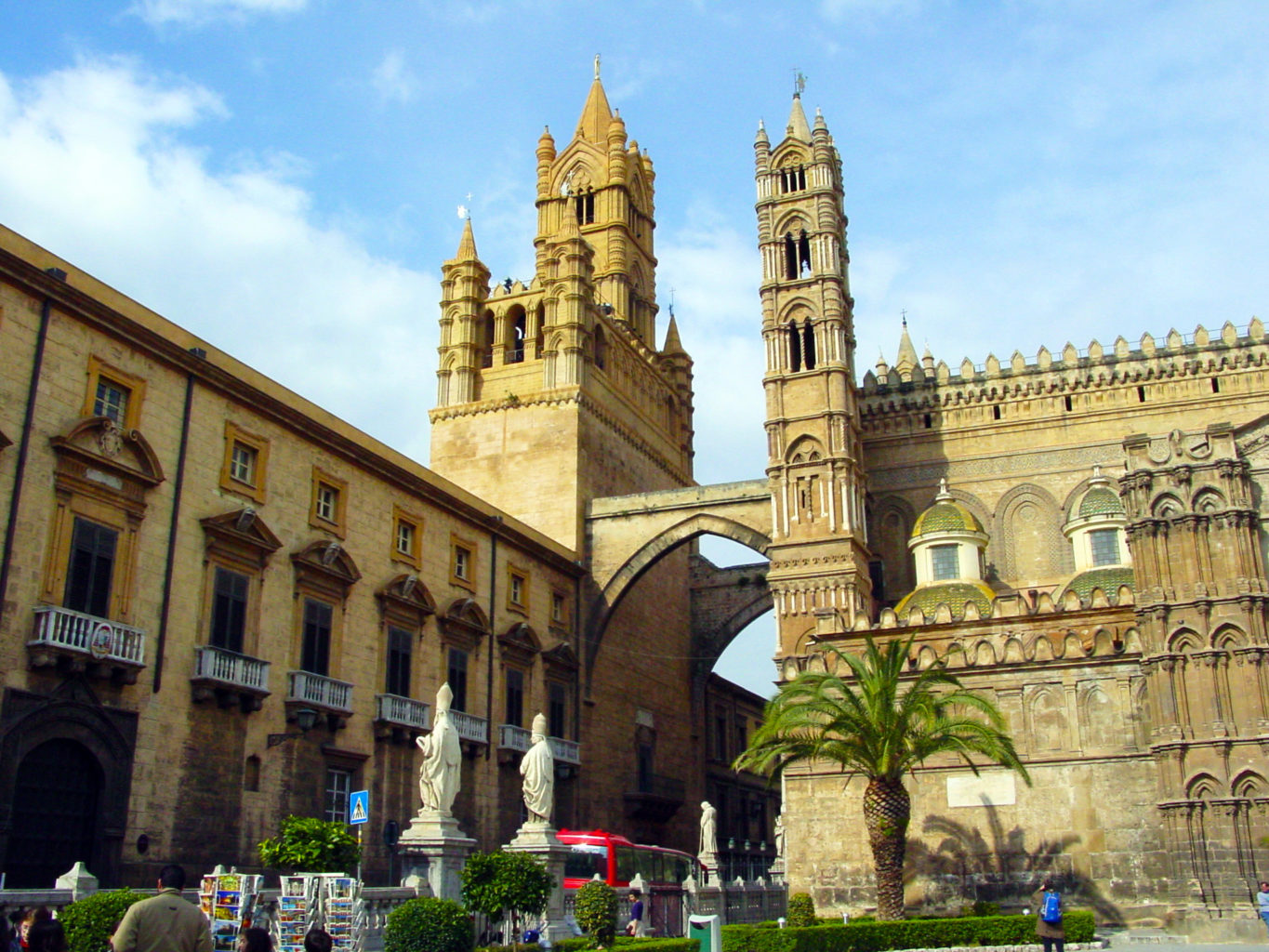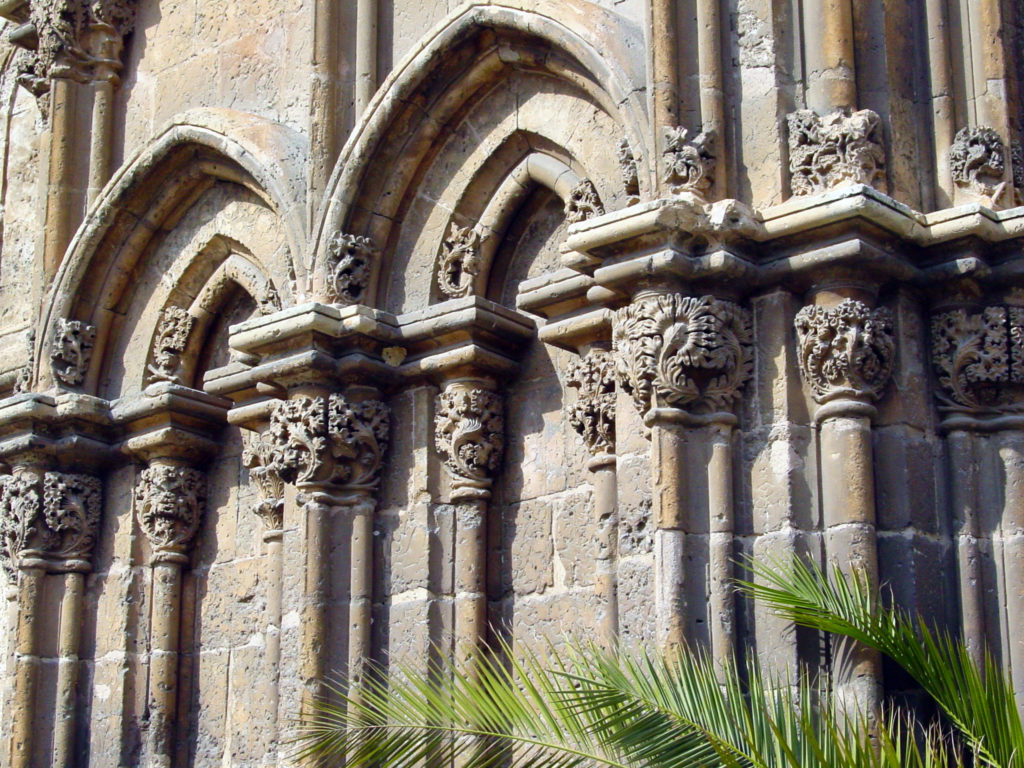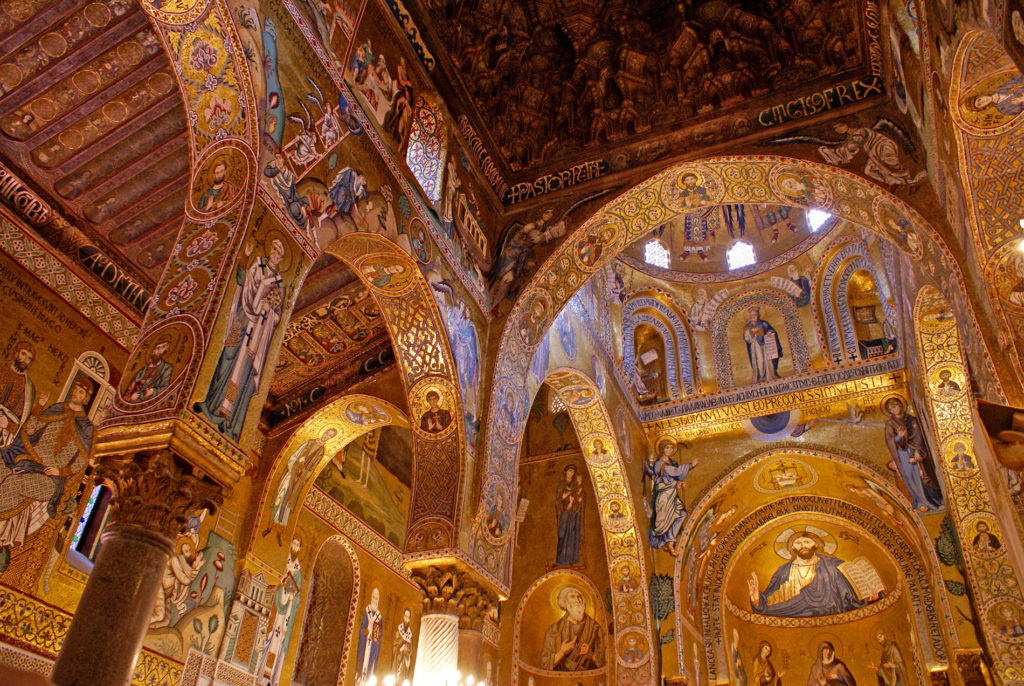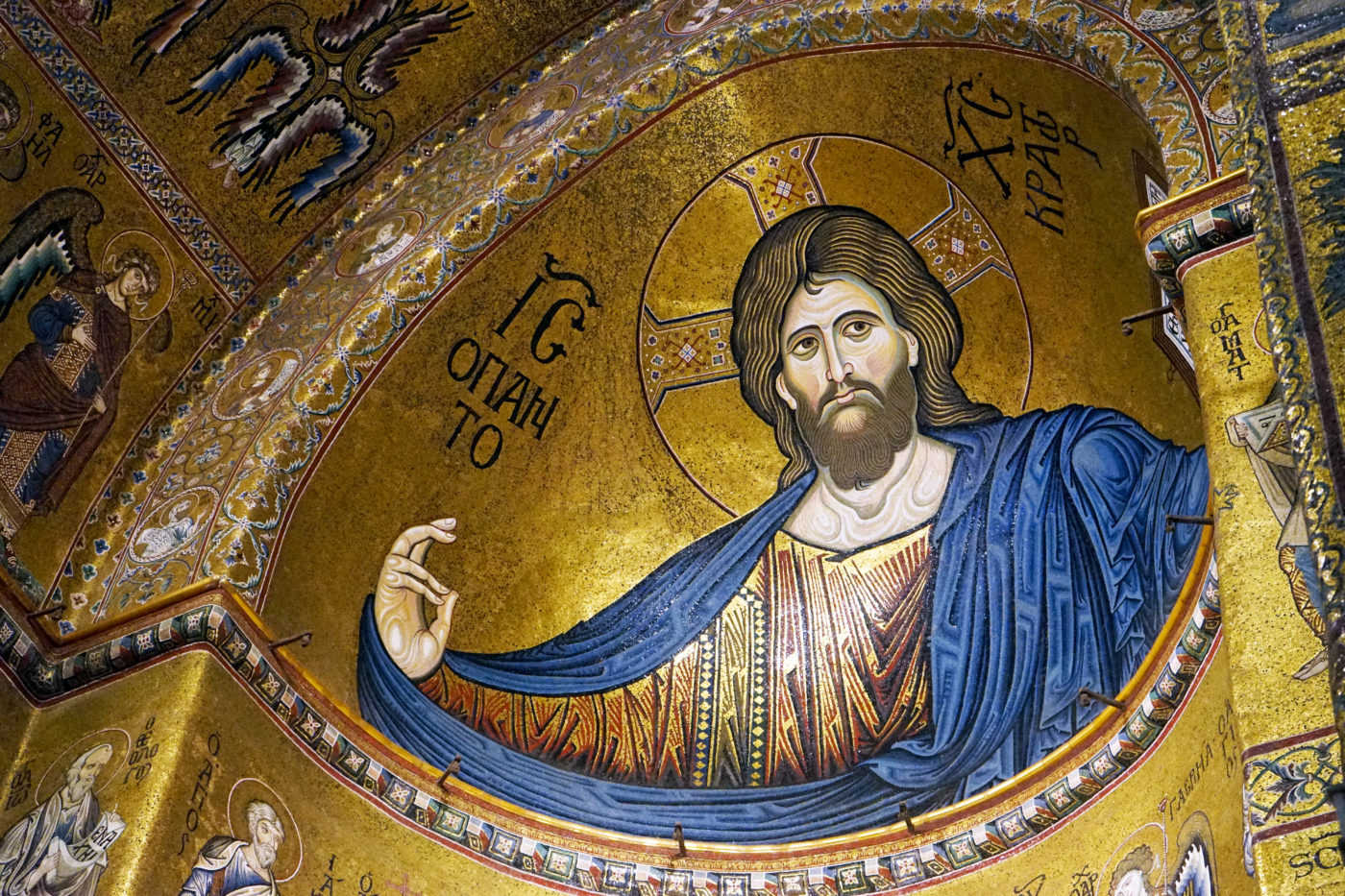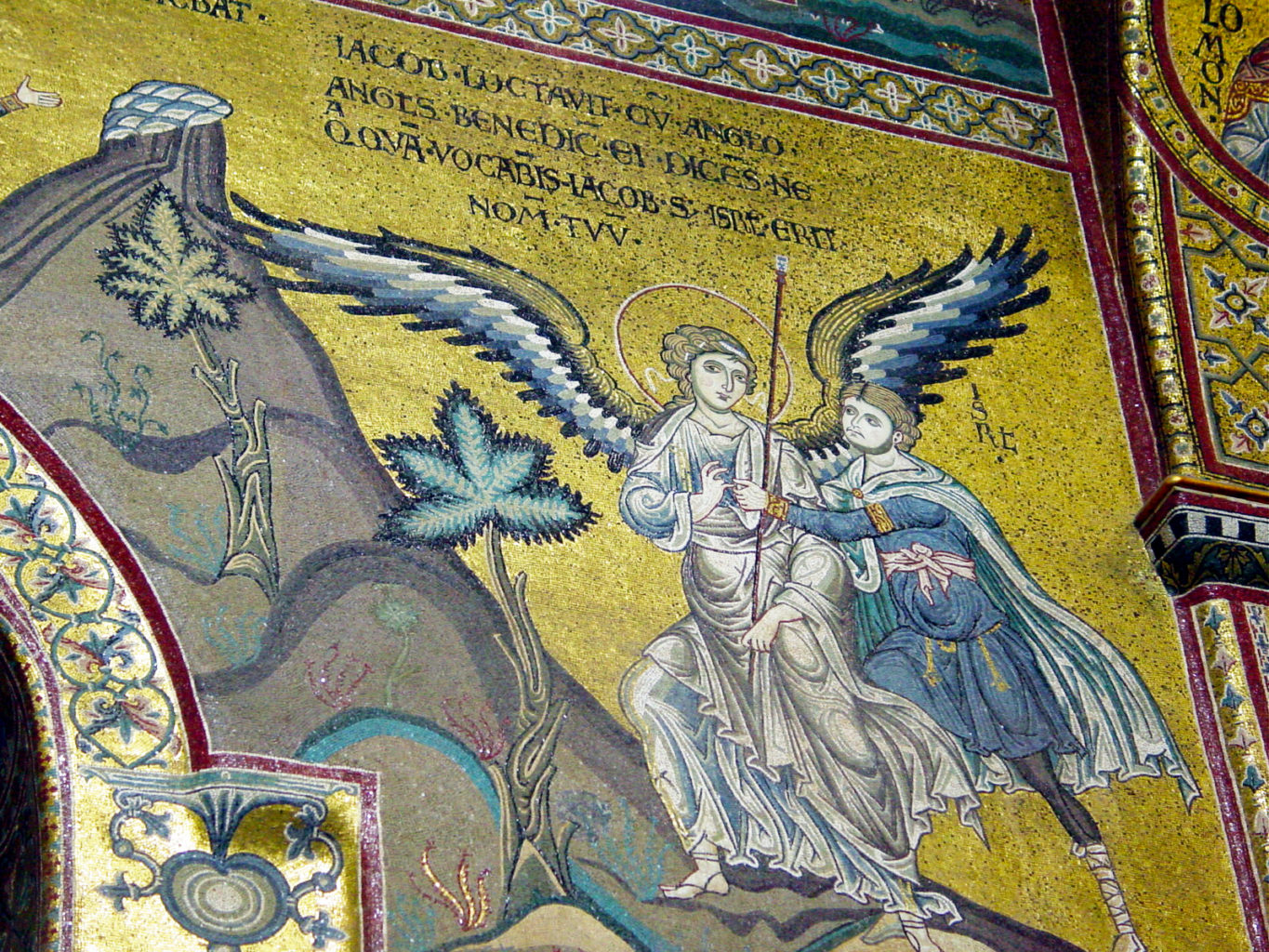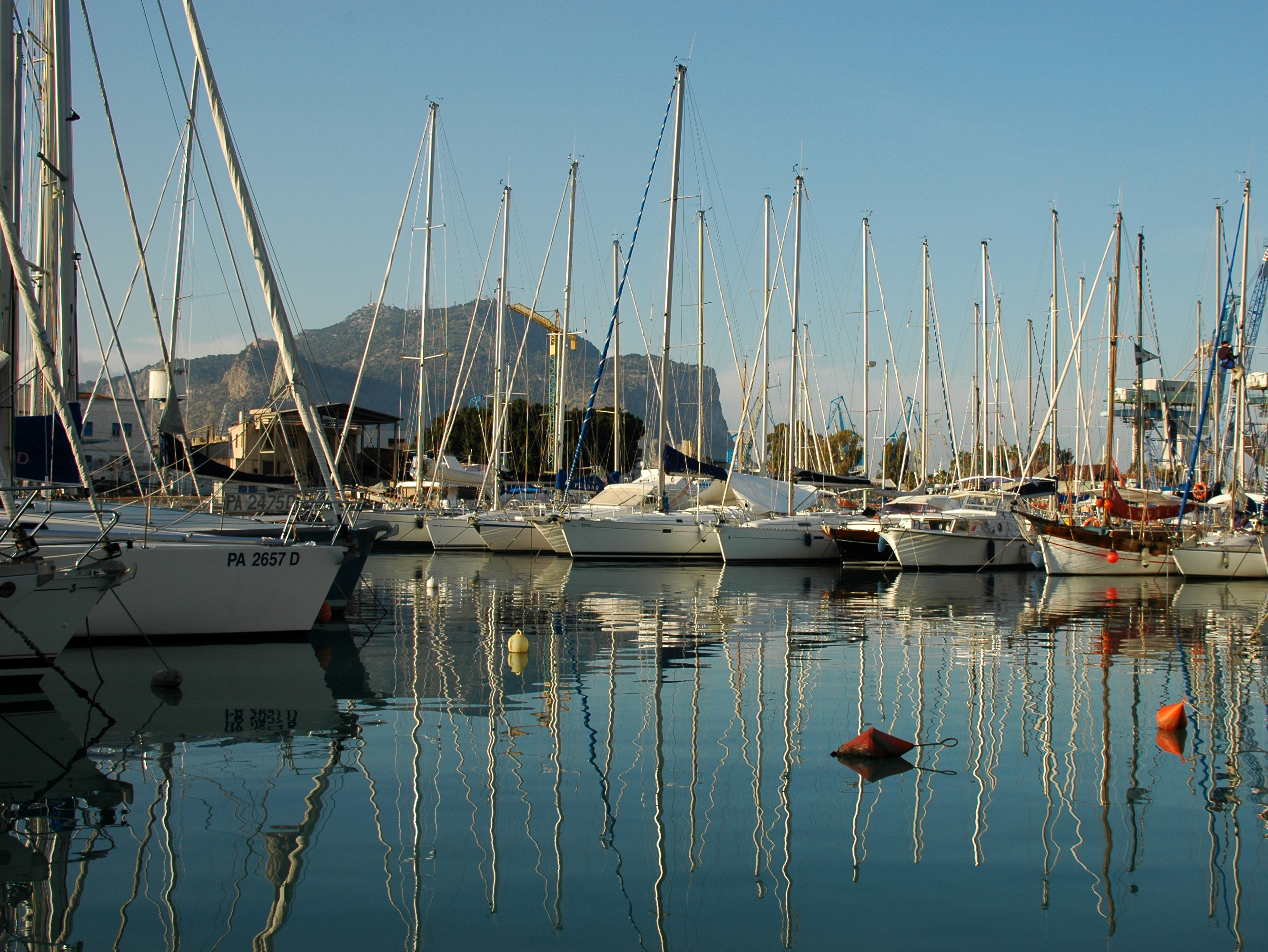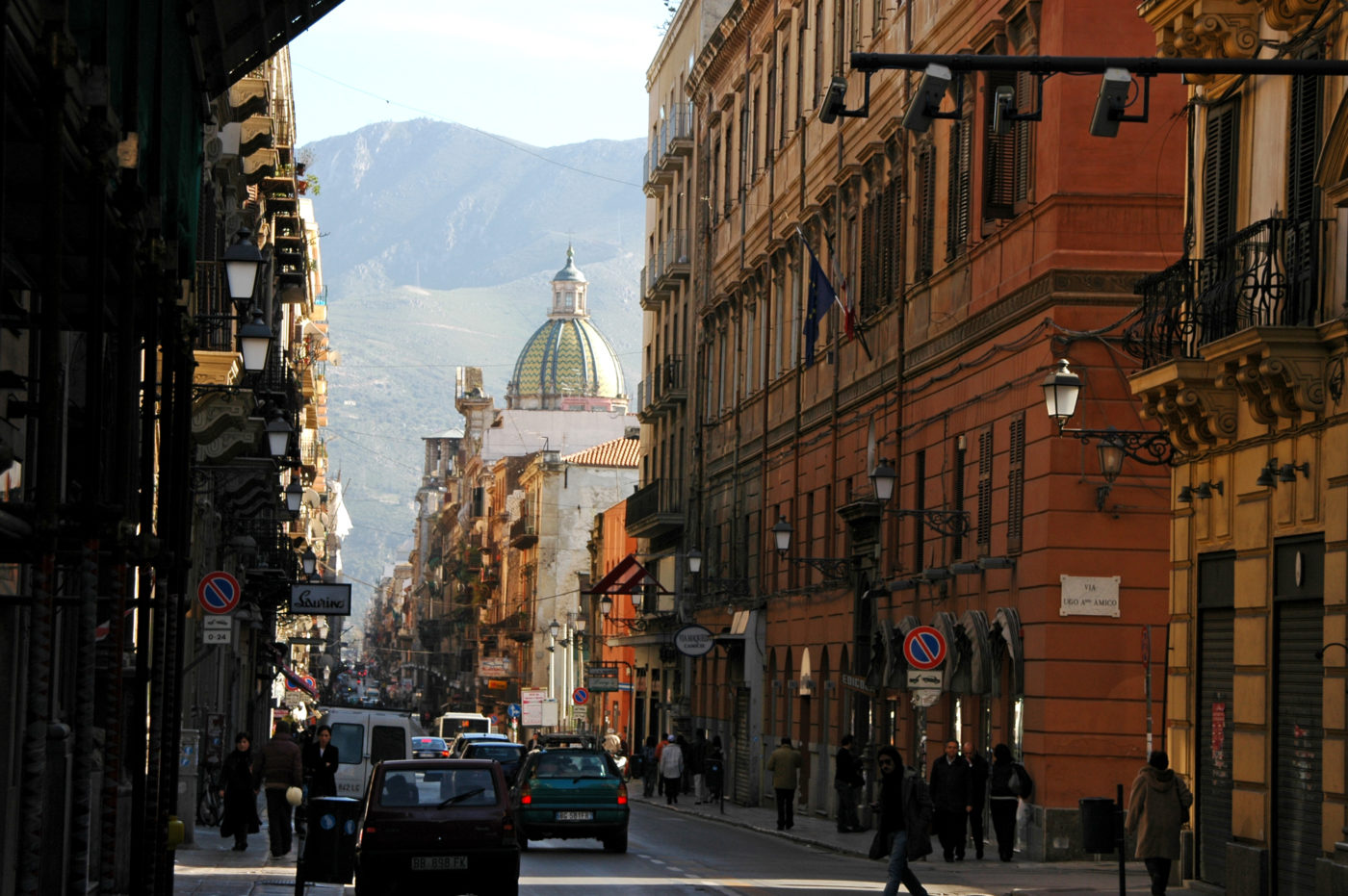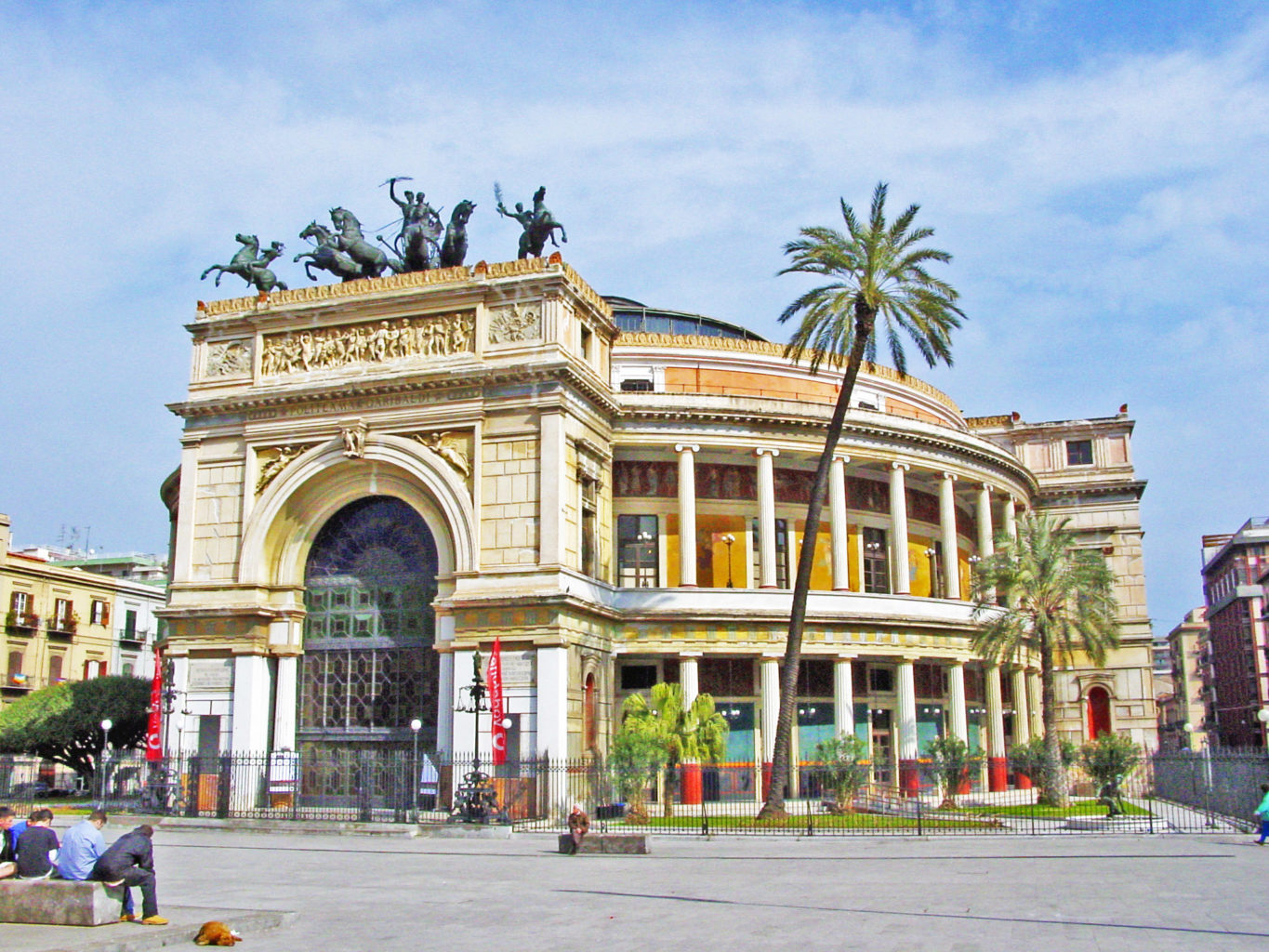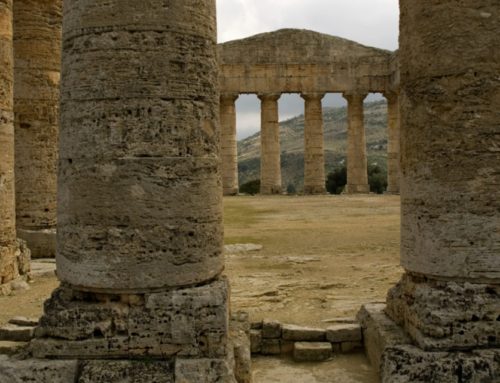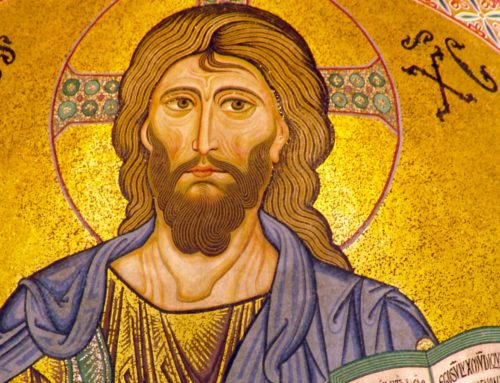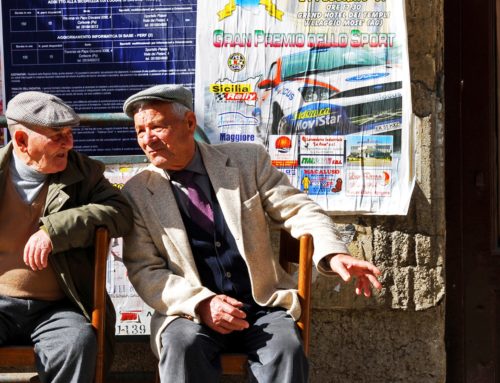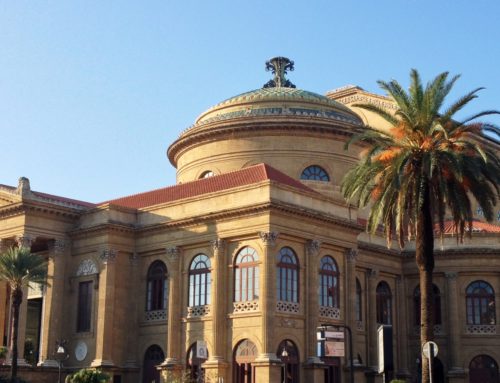Project Description
Palermo and Monreale in a capsule machine: kings, gold and Royal Palaces
From Palermo | Full Day
Monreale
In the morning we drive to Monreale, sitting on a hill not far away from Palermo. Here we visit its incredible Cathedral and the splendid 6500 square metres of golden mosaics completed in one generation only. It is undoubtely one of the most impressive and beautiful churches in the world and the most important of the Norman age in Sicily. The interior is totally decorated with mosaic representing scenes from the old and new testament as a big visual bible. Commissioned by the Norman King William II, it is believed by scientists and art historian that more than 2.200 kg of pure gold were used. The adjoined cloyster is another incredible medieval work of art of 228 marble columns with carved capitols all unique pieces one different than another representing a big book of the medieval simbology and allegory.
Palermo
After Monreale we descend to Palermo for a panoramic tour with its wonderful Cathedral.
Inside it hosts the tombs of some of the most important queens and kings of Sicily, including the Swebian king “stupor mundi” Frederick II.
The exterior is a perfect fusion of Islamic influence applied on the Norman architecture.
A short walk will take us to the Royal Palace and its astonishing Palatine Chapel, an incredible hidden gem with golden mosaic built by the Norman king Roger II in 1132.
Monreale
Monreale is a small town of about 40.000 inhabitants just outside Palermo on the slopes of a mountain. In the past the territory was a former hunting estate. During the Arab period its strategic position allowed to control the vast flat area at his feet and the name itself Monreale, from the Latin mons regalis, connotes this vocation.
The Normans chose this site to build a church that still can be considered as one of the most beautiful in the world for the richness of its mosaics. They aimed to develope a fortification strategy, defense of the territory and not least Christianization of the island.
According to legend, King William II, in 1170 dreamed the Virgin Mary who revealed to him that a big treasure laid hidden in Monreale and if one day he would have found the site a church dedicated to Our Lady was to be built on that place.
Today the cathedral is located at a high point from which you can see from the outside the imposing apses already by the arrival on the road bends to Monreale; its visible and remarkable outside apse is richly decorated with Arabic stone motifs. Two bronze doors by Bonanno Pisano and Barisano from Trani in 1200 introduced into three internal naves where every corner of the walls is decorated with about 6500 square meters of mosaics made entirely of pure gold.
All the equipment of the mosaics is like in a wide viewing bible scenes of the new and old testament together with episodes of the lives of the saints. The wooden ceiling of chestnut wood is supported by walls and thirteen marble columns and chapels complete the plant.
Among the most interesting mosaic themes the Christ Pantochrator that occupies the entire apse; beside it William II receives the crown from Jesus Christ and another scenes in which William offers the Church to the Virgin. Adjacent to the cathedral is a unique medieval Benedictine monastery which is a masterpiece of Romanesque art.
The capitals are all different from each other with original sculptural technique and extraordinary elegance which makes the place so rich and unique.
.
Palermo
The history and artistic background of Palermo runs across the whole history of the island and the civilizations of the Mediterranean sea.
The town was founded almost 3000 years ago thanks to the Phoenician with the name of Ziz (flower), then called Panormus by the Romans, while the Arabs called it later on Balarm.
Today Palermo is a magic box full of uncountable art treasures which mixes punic city walls, castles, Arab-Norman churches and residences, baroque churches, neoclassical theatres and Liberty villas.
Encompassed between the sea, the mountains and the fertile back countryside, Palermo is the capital city of the island and summary of any cultural and artistic experience in Southern Italy.
Even though the city appears a bit chaotic and in decadence, this aspects can become a good point for visiting to the eye of a curious traveller especially during the encounter of the people, the fine culinary traditions or the street food which involves all your five senses as you walk along the noisy and vibrant narrow streets of the arab markets of Ballarò and Capo.
The ancient town developes in an area flanked by two rivers (Papireto and Kemonia) and stretching from a high hill (Cassaro from the arab word Qasr, the castle) gently towards the waterfront.
Here Byzantine, Arabs and Normans have left evidence of streets, palaces and especially churches that make Palermo really unique thanks to its blend of styles from Byzantine to Islamic and Normans with no equals in the world.
Arabs, Christians and Jews lived in perfect armony and made Palermo one of the richest cities in the middle age.
The Arab heritage is short (250 years roughly), but one of the most important for the consistent influences that will leave in the art, cuisine, language, architecture even in the following dominators that will be always fascinated and culturally submitted by them.
This is the age of extraordinary Arab-Norman churches and monuments which are built: the duomo of Monreale, the palace of Normans and the Palatine chapel, the cathedral of Palermo, the Martorana and San Cataldo and the castle of Zisa.
In thirteen hundred the Spanish influences bring along the gothic Catalan architecture and as evidence of it today we have palazzo Abatellis, Ajutamicristo and Santa Maria della Catena.
Renaissance in fifteen hundred shows the talent of remarkable artists like Laurana and the Gagini family (Antonello, Domenico e Vincenzo) who leave to the town great sculptures.
In sixteen hundred baroque art developes in Palermo; great and unparalleled artistic vitality spreads out encouraged by the countereformation, the numerous religious congregations and by the huge available richness and money generously provided by the Sicilian noble family who live here and need to show off.
Churches are richly decorated with mix marbles which show beautiful colourful marble inlaid;
Giacomo Serpotta elevates to supreme the level of elegance and perfection thanks to the decorations with stucco designed in the new style of Rococo’.
During this long three century time frame the city center is embellished and enriched with marvellous churches like Casa Professa, San Giuseppe dei Teatini, Santa Caterina and above all the oratories of San Lorenzo and Santa Cita.
In eighteen hundred social habits change in town. Nobility starts to fall in decay and new dynamic social classes as well as new town plan layout express the need of the new artistic experiences normally out of the center of the action in the city center well shown through decorations, furniture and structures of the Liberty villas and its rod iron or flower decorations in stone.
Across the century, Palermo is provided with neoclassical style theatres and opera houses, great representation places for the new fashions and inspirations thanks to Ernesto Basile and its Teatro Massimo which pairs to other operas of the time like the Politeama opera house.
The war conflicts bring economic decadence anywhere and material devastation of entire blocks.
In the eighties Palermo gets benefits from an economic rebirth whose architectural and aesthetic results are quite discussable, while in the last twenty years the city got back a large number of visitors and the deserved consideration despite neglected for a very long time because of negative sterotypes still today hard to eliminate.
- Private Sedan car or Mercedes Viano up to seven seats
- Private driver speaking your language
- Fuel, motorway toll and parking fee
- Half day service with private driver and car UP TO 4 HOURS
- Full day service with private car and driver UP TO 8 HOURS
- Water bottle onboard
- Visits, stops and panoramic driving tours described on the itinerary
NOT INCLUDED:
- Archeological sites, monuments and churches entrance fees
- Local products and wine tasting or culinary experiences unless included
- Driver and local guides gratuities (we suggest 10% if services meets or exceeds your expectations)
- Local Sicilian regional licensed guide
- Meals, wine tasting or culinary experiences if not already included in the itinerary
- Yachts, helicopter or private plane rental linked to our ground transportation service
–
or send us a message requesting information, our team will respond as soon as possible.

